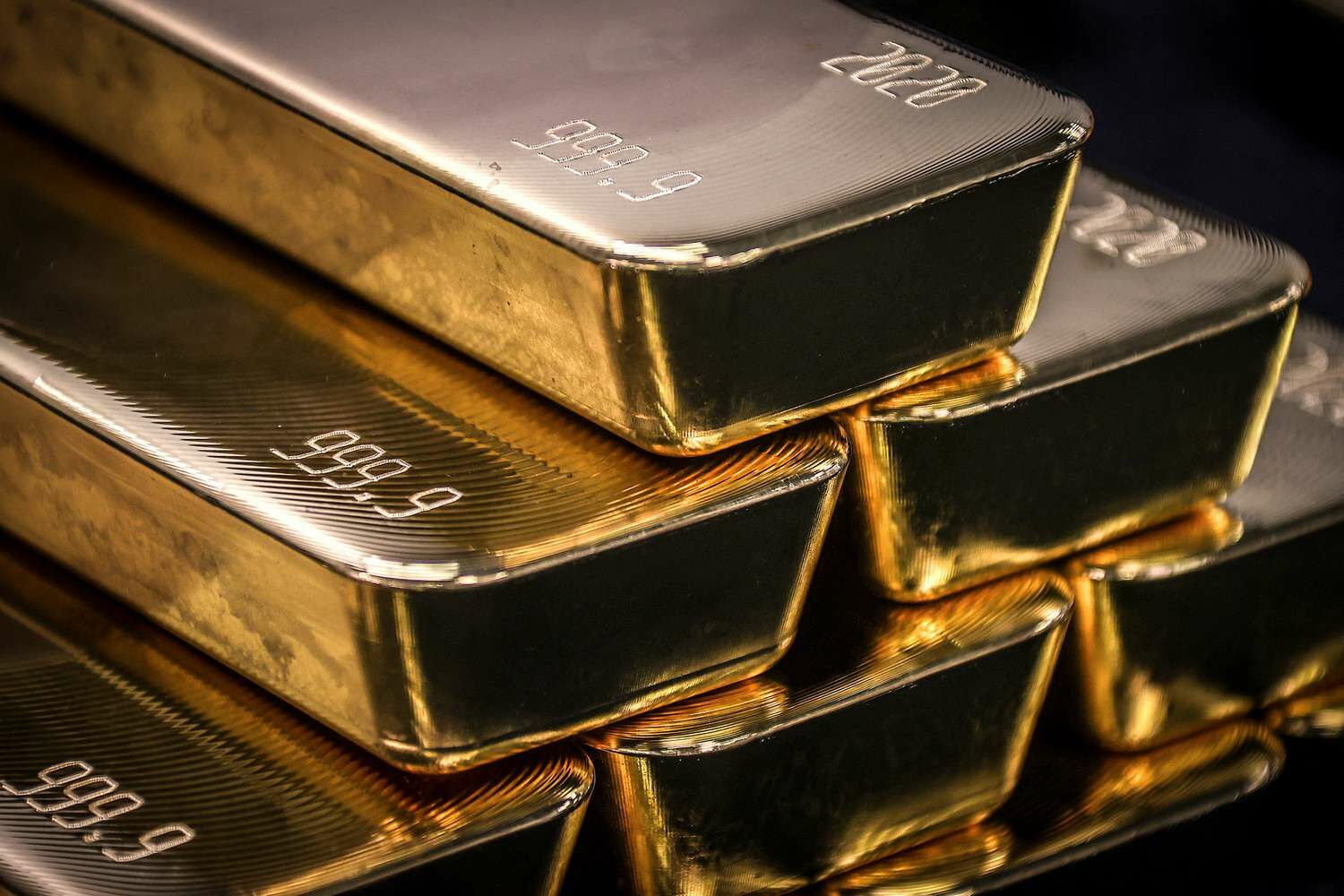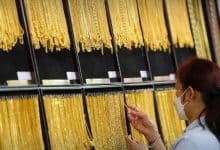Golden stability: Prices hold firm above US$2,300 despite brief dip

With a steady hold above US$2,300 during the early days of May, gold prices remained relatively unchanged, following a brief dip to the lowest level since the start of April.
The first half of this year is anticipated to experience intense volatility in prices owing to factors such as the US economic health, global interest rate fluctuations, and the Middle East conflict. However, long-term expectations for gold remain optimistic among analysts.
Predictions for the future indicate that signs of economic weakness, the Federal Reserve’s easing plans, and a downward trend in the US dollar could be positive indicators for gold, as stated by analysts.
Gold trader Hua Seng Heng explained the volatility in gold prices as a result of several influences, including a policy statement by the US central bank on May 1 regarding interest rate trends and inflation, which led the market to expect prolonged high rates.
Fed chairman Jerome Powell dismissed the possibility of resuming rate hikes, indicating a cut is more likely despite renewed concerns over inflation. This dovish stance instilled optimism in the market, propelling risk assets at the expense of defensive ones.
However, he reiterated the Fed’s commitment to robust consumption and employment figures, even with inflation exceeding the target. Hua Seng Heng suggested that given these uncertainties, gold may not settle in a clear direction and could fluctuate within a narrow range for some time.
Middle East tensions
Gold prices have seen a significant rally since the beginning of the year, climbing nearly 20% to hit an all-time high of US$2,431 per ounce in late April. Continuous purchases by global central banks and escalating tensions in the Middle East backed this surge.
Domestic gold prices have a chance to increase, possibly reaching 44,000 baht this quarter, according to Jitti Tangsithpakdi, president of the Gold Traders Association (GTA). He attributed this prediction to central banks worldwide buying more gold as a reserve to minimise risks from tensions in the Middle East, resulting in a tight supply.
According to senior commodities strategist Aakash Doshi at Citigroup, gold prices are set to hit US$3,000 an ounce over the next six-to-18 months due to increasing investor inflows amid expectations of interest rate cuts by the Fed this year.
Goldman Sachs echoed Citigroup’s optimism, raising its gold price forecast to US$2,700 per ounce by year-end, up from the previous $2,300. Goldman Sachs believes gold is in an unshakeable bull market, but noted potential factors that could restrain gold rate upside or even trigger a bearish reversal.
The price of Thai gold and spot gold this year have both seen an increase of approximately 20%, according to the Thailand Gold Research Center. The gold price confidence index in the second quarter rose to 68.5 from 51.7 in the first quarter, a gain of 32.6%. This increase is attributed to baht depreciation, inflation, concerns about a global recession, the speculative buying power of funds, and demand for safe assets.
Analysts highlighted that the primary factor influencing gold prices is supply and demand, such as changes in gold mining production or demand for jewellery, electronics, and other industrial uses. Other influencing factors include investor sentiment, interest rates, currency movements, central bank policies, and inflation.
Latest Thailand News
Follow The Thaiger on Google News:


























